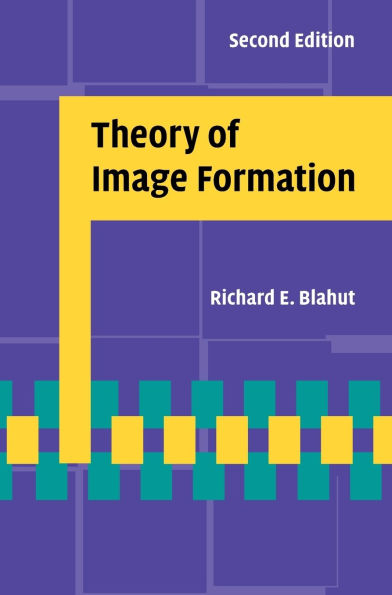Theory of Image Formation
Fully revised and updated, the second edition of this classic text is the definitive guide to the mathematical models underlying imaging from sensed data. Building on fundamental principles derived from the two- and three-dimensional Fourier transform, and other key mathematical concepts, it introduces a broad range of imaging modalities within a unified framework, emphasising universal theoretical concepts over specific physical aspects. This expanded edition presents new coverage of optical-coherence microscopy, electron-beam microscopy, near-field microscopy, and medical imaging modalities including MRI, CAT, ultrasound, and the imaging of viruses, and introduces additional end-of-chapter problems to support reader understanding. Encapsulating the author's fifty years of experience in the field, this is the ideal introduction for senior undergraduate and graduate students, academic researchers, and professional engineers across engineering and the physical sciences.
1146540773
Theory of Image Formation
Fully revised and updated, the second edition of this classic text is the definitive guide to the mathematical models underlying imaging from sensed data. Building on fundamental principles derived from the two- and three-dimensional Fourier transform, and other key mathematical concepts, it introduces a broad range of imaging modalities within a unified framework, emphasising universal theoretical concepts over specific physical aspects. This expanded edition presents new coverage of optical-coherence microscopy, electron-beam microscopy, near-field microscopy, and medical imaging modalities including MRI, CAT, ultrasound, and the imaging of viruses, and introduces additional end-of-chapter problems to support reader understanding. Encapsulating the author's fifty years of experience in the field, this is the ideal introduction for senior undergraduate and graduate students, academic researchers, and professional engineers across engineering and the physical sciences.
99.99
In Stock
5
1

Theory of Image Formation
639
Theory of Image Formation
639Hardcover(2nd ed.)
$99.99
99.99
In Stock

Product Details
| ISBN-13: | 9781009356206 |
|---|---|
| Publisher: | Cambridge University Press |
| Publication date: | 04/24/2025 |
| Edition description: | 2nd ed. |
| Pages: | 639 |
| Product dimensions: | 6.89(w) x 9.80(h) x 1.50(d) |
About the Author
From the B&N Reads Blog
